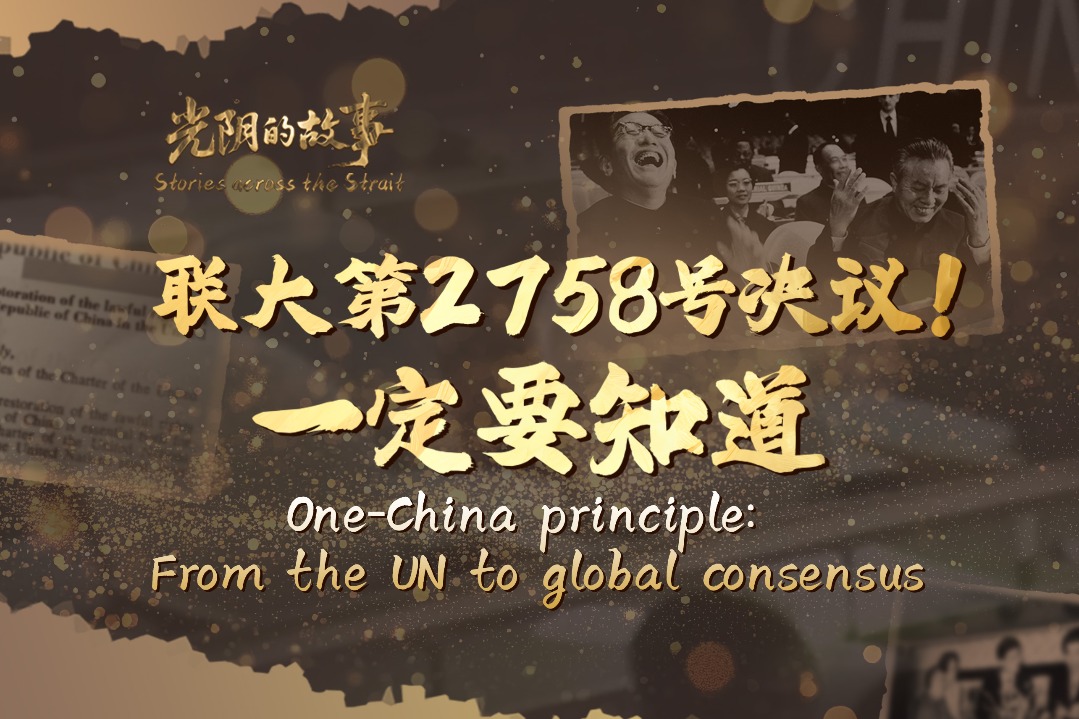Money supply giving off recovery signs
M1 growth implies market players spending more, breaks 8-month trend

China's key money supply indicator improved for the first time in nine months, pointing to rising spending appetites among market players and adding to signs that the raft of measures to revive confidence has shown initial results, analysts said.
The country's M1 money supply — which consists of cash in circulation and corporate demand deposits — stood at 63.34 trillion yuan ($8.79 trillion) by the end of October, down 6.1 percent year-on-year, narrowing from a 7.4 percent contraction seen a month earlier, said the People's Bank of China, the country's central bank.
M1 growth had slowed for eight straight months till September and has lingered in negative territory since April, making October's narrower decline the first improvement in the M1 reading in the past three quarters.
Representing how much money is actively being used in the economy, M1 growth is seen as an indicator of private business confidence. Fast M1 growth suggests that market players are spending more, while slow M1 growth indicates less spending and more sluggish economic activity.
"With the continuous implementation of a raft of monetary, fiscal, real estate and capital market policies aimed at stabilizing the economy, market players have become significantly more willing to have liquid funds at their disposal," said Wen Bin, chief economist at China Minsheng Bank.
Wen attributed the M1 improvement to factors including improved property sales driving a shift of residential deposits into corporate deposits, the transfer of the proceeds from government bonds to the accounts of local government units and corporate accounts, and last year's low comparison base.
Meanwhile, the country's M2 — a broader measure of money supply that covers M1 as well as less liquid funds such as time deposits — stood at 309.71 trillion yuan by the end of last month, growing 7.5 percent year-on-year, versus 6.8 percent for September.
The gap between M2 and M1 growth thus narrowed to 13.6 percentage points in October from 14.2 percentage points a month earlier, also indicating that market entities might have become more wiling to spend and invest, analysts said.
"In addition to the warming-up of the property market, the improvement in M1 growth is also attributable to an improvement in market expectations," said Wang Qing, chief macroeconomic analyst at Golden Credit Rating International.
Enterprises are now using more demand deposits for operations and investments, and the decline in such deposits has begun to narrow, Wang said.
Wang added that M1 growth may further recover as the PBOC may include residential demand deposits and prepaid funds received by nonbank payment institutions into M1 calculations.
Nevertheless, the PBOC said that new renminbi loans came in at 16.52 trillion yuan in the first 10 months.
This indicates 500 billion yuan in new renminbi loans in October, market calculations showed, down by about 238 billion yuan year-on-year, as residential lending recovered but corporate financing remained weak.
PBOC Governor Pan Gongsheng said earlier this month that the central bank will adhere to a supportive monetary policy stance going forward and increase the intensity of monetary policy adjustments.
Ming Ming, chief economist at CITIC Securities, said "there is relatively high certainty" that the central bank will implement another cut to the reserve requirement ratio in the remainder of the year to accommodate the increased supply of government bonds.
Ming said that there is limited possibility for further interest rate cuts in the remainder of the year, however, given that the central bank has acknowledged the constraints from banks' net interest margins and renminbi exchange rates.
Rather, Ming said the PBOC is expected to guide commercial banks to further reduce deposit rates to alleviate their profit pressure, better ensuring that policy interest rate reductions can be effectively transmitted into lower financing costs of the real economy.
























